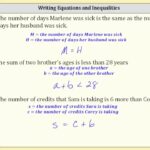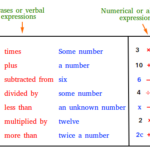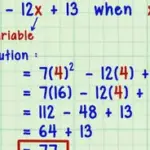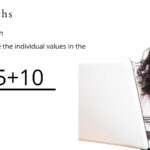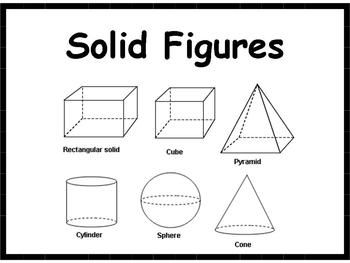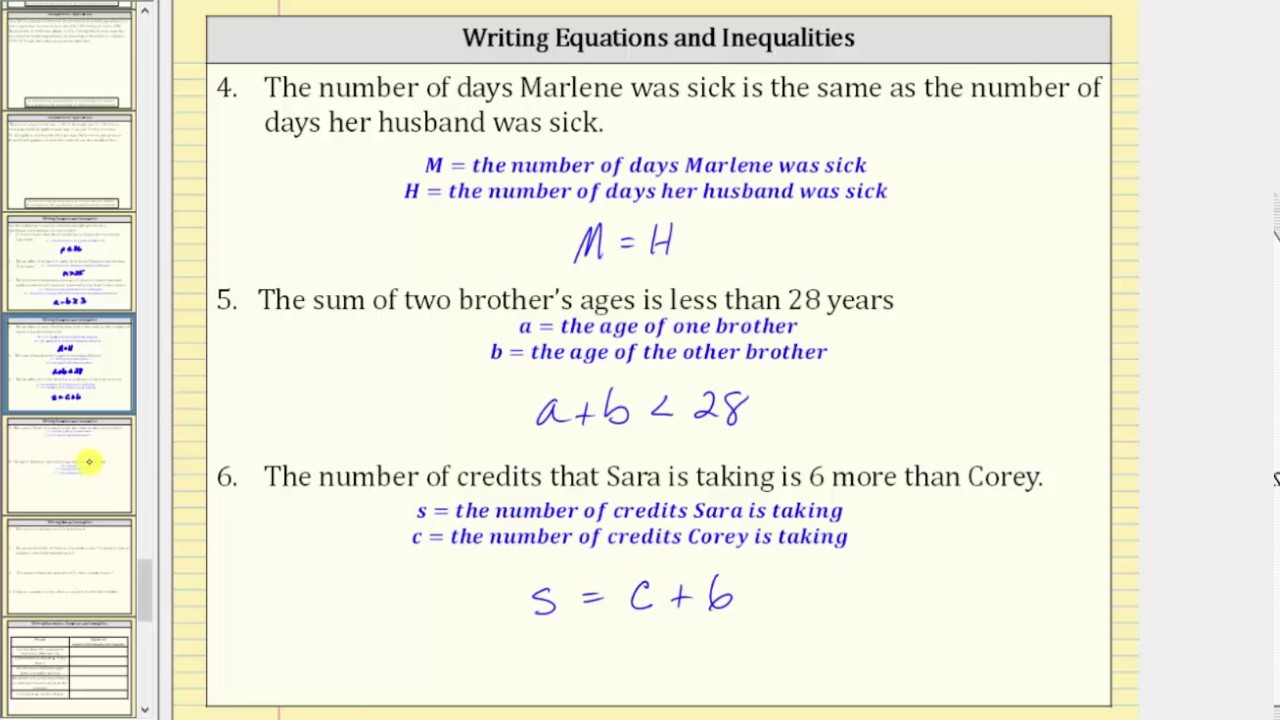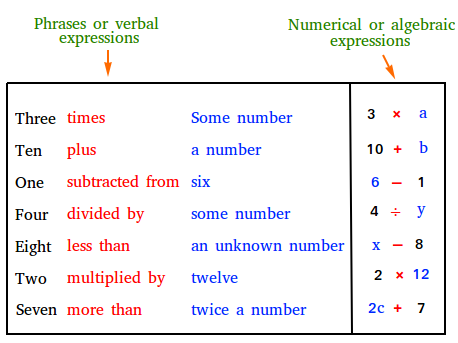Understanding the surface area calculation of common solids is essential in various fields such as architecture, engineering, and manufacturing. Whether you’re designing buildings, creating 3D models, or solving real-world problems, knowing how to calculate surface areas accurately is crucial. As such, this blog will explore the surface area formulas for common solids including prisms, pyramids, cones, frustums, spheres, and hemispheres. Hence, by the end of this journey, you’ll be equipped with the knowledge and skills to confidently compute surface areas and apply them in diverse scenarios.
Leanerscamp has come in handy to help many students understand different mathematical concepts including Surface Area Calculations of Common Solids. With the help of well-structured study guides, revision questions, and detailed reports, Learnerscamp is well-known to generally help students prepare. Visit and find out how helpful they can be.
1. Surface Area Calculations of Common Solids; Prism:
A prism is a solid geometric figure with two congruent and parallel polygonal faces (bases) and rectangular or parallelogram faces (lateral faces). Thus, to find the surface area of a prism, sum the areas of its bases and lateral faces.
Formula for Surface Area of a Prism:
Surface Area = 2(Base Area) + (Perimeter of Base) × (Height)
Example: Consider a rectangular prism with dimensions:
Length = 6 units, Width = 4 units, Height = 5 units.
Calculation:
Base Area = Length × Width = 6 units × 4 units = 24 square units
Perimeter of Base = 2(Length + Width) = 2(6 units + 4 units) = 2(10 units) = 20 units
Surface Area = 2(24 square units) + (20 units) × (5 units) = 48 square units + 100 square units = 148 square units
2. Surface Area Calculations of Common Solids; Pyramid:
A pyramid is a polyhedron formed by connecting a polygonal base to a point called the apex. Thus, the lateral faces of a pyramid are triangles. Hence, to find the surface area of a pyramid, sum the area of its base and the areas of its lateral faces.
Formula for Surface Area of a Pyramid:
Surface Area = (Base Area) + 0.5(Perimeter of Base) × (Slant Height)
Example: Consider a square pyramid with a base side length of 8 units and a slant height of 10 units.
Calculation:
Base Area = Side Length^2 = 8 units × 8 units = 64 square units
Surface Area = (64 square units) + 0.5(4 sides × 8 units) × (10 units) = 64 square units + 0.5(32 units) × (10 units) = 64 square units + 160 square units = 224 square units
3. Surface Area Calculations of Common Solids; Cone:
A cone is a three-dimensional shape with a circular base and a vertex opposite the base. And, to find the surface area of a cone, sum the area of its base and the area of its lateral surface.
Formula for Surface Area of a Cone:
Surface Area = πr^2 + πrl
(Where r is the radius of the base and l is the slant height)
Example: Consider a cone with a radius of 3 units and a slant height of 5 units.
Calculation:
Surface Area = π(radius^2) + π(radius)(slant height)
Area = π(3 units)^2 + π(3 units)(5 units)
S.Area = π(9 square units) + π(15 square units)
Surface Area = 9π square units + 15π square units
Surface Area ≈ 9π square units + 15π square units ≈ 24π square units
4. Cone:
A frustum of a cone is the portion of a cone that lies between two parallel planes cutting it. Thus, to find the surface area of a frustum of a cone, sum the areas of its bases and the lateral surface area.
Formula for Surface Area of a Frustum of a Cone:
Surface. A = π(R^2 + r^2 + rl)
(Where R and r are the radii of the top and bottom bases, and l is the slant height)
Example: Consider a frustum of a cone with radii of the top and bottom bases as 4 units and 2 units, respectively, and a slant height of 6 units.
Calculation:
Surface Area = π(R^2 + r^2 + rl)
Area = π((4 units)^2 + (2 units)^2 + (4 units + 2 units)(6 units))
S.Area = π(16 square units + 4 square units + 6 units × 6 units)
Surface.A = π(16 square units + 4 square units + 36 square units)
Surface Area = π(56 square units)
Surface Area ≈ 56π square units
5. Prism:
A frustum of a prism is the portion of a prism that lies between two parallel planes cutting it. Hence, to find the surface area of a frustum of a prism, sum the areas of its bases and the lateral surface area.
Formula for Surface Area of a Frustum of a Prism:
Surface Area = (Top Base Area) + (Bottom Base Area) + (Perimeter of Top Base) × (Height) + (Perimeter of Bottom Base) × (Height)
6. Sphere & Hemisphere:
A sphere is a perfectly round three-dimensional object, while a hemisphere is half of a sphere. Thus, to find the surface area of a sphere or hemisphere, use the appropriate formula.
Formula for Surface Area of a Sphere:
Surface Area = 4πr^2
Formula for Surface Area of a Hemisphere:
Surface Area = 2πr^2
Example: Consider a sphere with a radius of 10 units.
Calculation:
Surface Area = 4π(radius^2)
Area = 4π(10 units)^2
Surface Area = 4π(100 square units)
Surface Area = 400π square units.
Conclusion:
Mastering surface area calculations of common solids opens doors to countless applications in various fields. Whether you’re designing structures, manufacturing products, or solving mathematical problems, the ability to compute surface areas accurately is invaluable. By understanding the formulas and principles outlined in this guide and applying them through practical illustrations, you’ll develop a strong foundation in surface area mathematics. Embrace the challenge, explore the possibilities, and let your newfound knowledge guide you on your journey of mathematical discovery.


